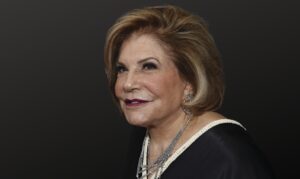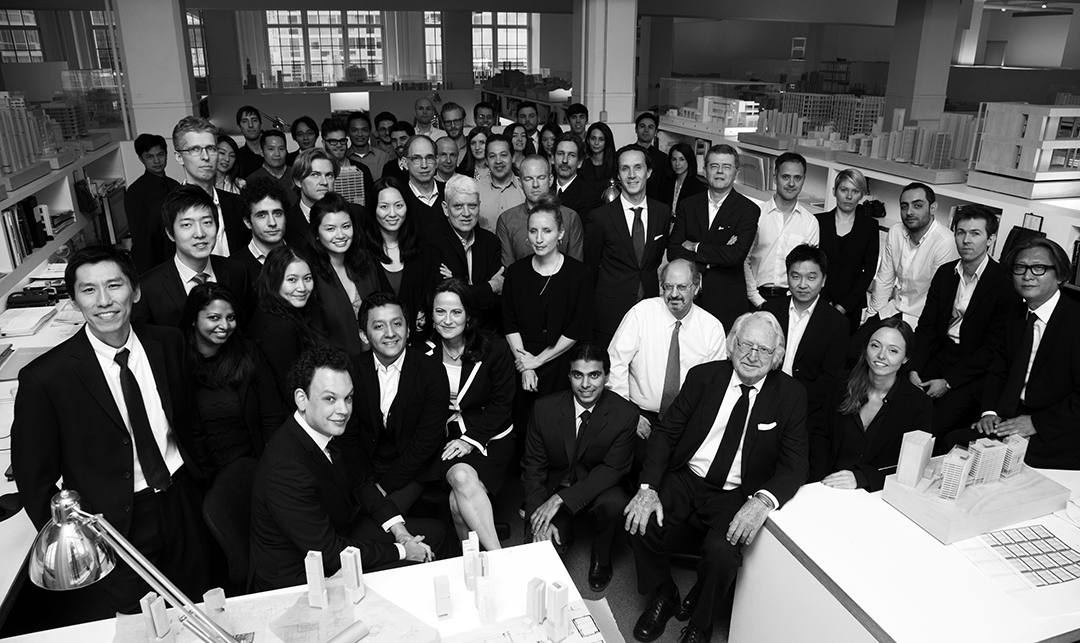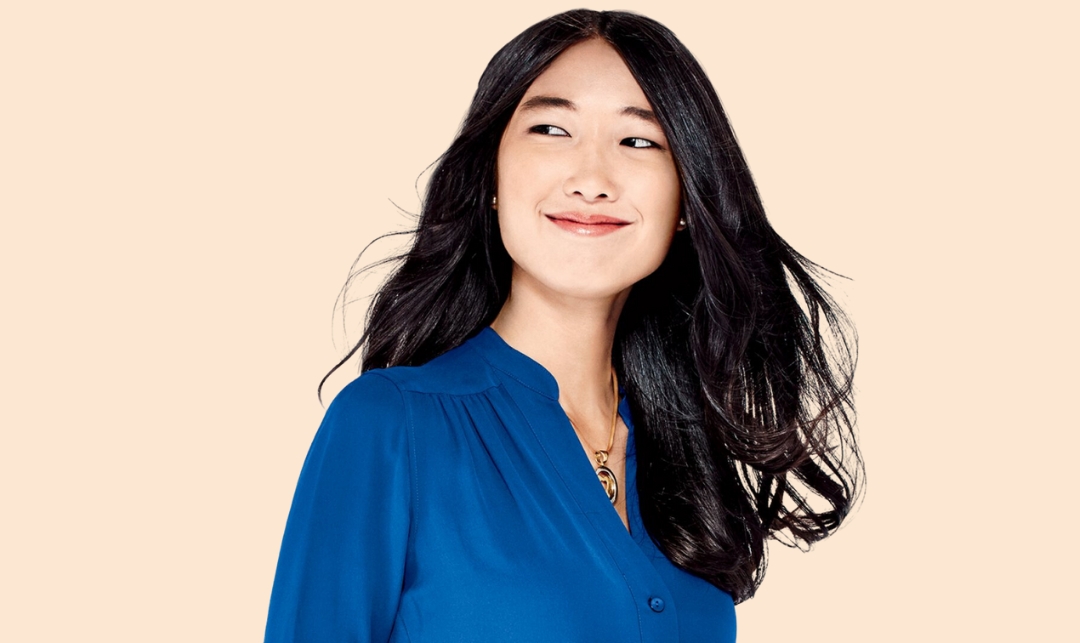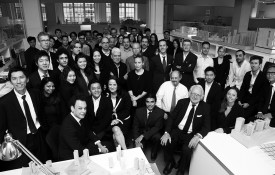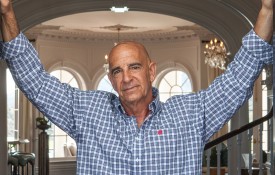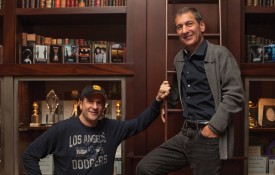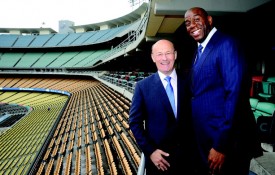Jess Mah built her first six-figure business while she was in middle school and has since grown her portfolio of companies to over $500M in value, while taking minimal outside capital. The wildly successful serial entrepreneur, and Forbes 30 Under 30 superstar, now 32, is best known as the founder of inDinero, a fintech company that helps businesses manage their accounting and taxes, and has raised $10M. Her recent ventures include Astonishing Labs, a startup innovating biotech solutions to transform human health, and Stealth Litigation Marketplace, which has launched tens of millions in litigation. Mahway, a venture builder, is her latest undertaking, with a current portfolio of five companies that has attracted capital from top-tier Silicon Valley investors. I sat down for a chat with Mah—who races sports cars and pilots her private jet for fun—on what drives her success, and where she’s going next.
HOW DID YOU KNOW ENTREPRENEURIAL LIFE WAS FOR YOU?
I grew up in New York, where my parents were entrepreneurs in the clothing business. My mom always talked about business problems at dinner, and I was inspired to want to start a business because of her. In fact, as a kid, I don’t think I actually was able to consider any alternative job path. It was not whether or not I would go into business, but what kind of business. I would ask, “Well, how about a doctor or a lawyer?” And my mom was like, “Absolutely not. You don’t want to deal with blood or with annoying lawyers.” I always liked computers and enjoyed tech, which led me to computer science in college at Berkeley, and that’s where we met, Nanxi. I don’t think I ever wanted to get a normal job after college. So that’s what led me to Y Combinator and straight into my first startup, which was inDinero.
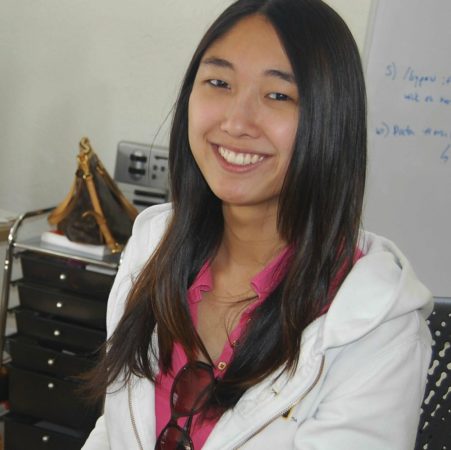
Mah early in her career
WHAT WERE SOME OF THE EARLY SUCCESSES AND CHALLENGES FOR YOU AT INDINERO?
I came into Y Combinator with the idea for inDinero, and I served up a ton of ideas on whiteboards, and I surveyed a ton of potential customers. I ran the whole customer development playbook. The Four Steps to the Epiphany by Steve Blank really inspired me. A lot of my peers in college said, “I don’t have an idea. Nothing’s coming to me. I’m not inspired.” I learned through his books that you actually have to work really hard to come up with a good idea and you have to work really hard to pivot this idea. No idea starts off where it eventually will go. I launched with lots of fanfare, lots of media attention. I was called the female Mark Zuckerberg and I had this big ego … and couldn’t figure out how to make this business work.
My user growth was my hockey stick. We were signing up thousands of new businesses every month and it looked really good on a slide deck. The problem was, I couldn’t figure out how to monetize at all. We’re doing maybe a few hundred grand in revenue after 18 months and we had 30,000 businesses sign up, and I couldn’t monetize them. I was just so embarrassed, and so I pivoted along the way. I had to come up with something new to really monetize, and then eventually the business got going and growing well and I took it to about 250 investors … and then realized that I really don’t enjoy being an operating CEO. At first it was like, “Oh wow, I’m actually a somebody.” But I hated the job. I know you love it, Nanx. I don’t know how you do it. I wish I could be more like you, but I’m not. I worked hard to bring in a new CEO and I wanted to get back to my entrepreneurial roots.
YOU ARE A SERIAL ENTREPRENEUR AT HEART! WHAT DOES THAT LOOK LIKE FOR YOU?
Today I run a firm called Mahway. We’re a venture builder, but we’re not just trying to pump out ideas. We’re not like idea lab where we pump out 30, 40 ideas a year. These are all businesses that my team and I feel inspired to work on because we think that it’s going to solve a real big problem for people or for an industry. It has to be very impactful and solving a massively acute problem and not just helping sales teams be more efficient, which is not interesting at all in my opinion.
Because my question is, when we’re on our deathbeds, will our businesses have left a massive difference and impact for people or not?
I have so many ideas and so many potential angles for how to do better for the world. So that’s why I started in Mahway. We put out three businesses last year. This year we’ll probably do four. We’re going to keep it really tight in that sense, super focused—and it’s my dream job; it’s super fun. I love it and I still have time to have lots of fun with you, Nanxi!

Mah is a commercially licensed pilot
I LOVE OUR TRIPS AND OUR TIME TOGETHER, BUT BACK TO BUSINESS FOR A MOMENT. WHAT ARE SOME BUSINESSES THAT YOU FEEL ARE DEATHBED WORTHY?
The first one we’re working on is a bio company called Astonishing Labs, and we have some of the world’s most interesting and bold scientists on board. One of these scientists is Mike Levin, who’s known for being able to regenerate arms and legs off amputated frogs. He’s used bioelectricity to cure cancer in fish and mice. If curing cancer is not one of our top problems, I don’t know what would be. So that was where I started. Of course I picked the hardest problem. I think all the other things we work on next will not be quite as profound as that, but that’s where we started. So in our portfolio we basically have bio-capability, tech, and non-bio. On the bio front, it’s cancer related. We’re also looking at Alzheimer’s and longevity.
We already have two bio spin outs, and we’re going to add another two or three bio spin apps this year. On the non-bio front, we have one business where we’re working to help veterans transition out of the military–it’s a tech education and job-transition platform. We have another website, another tech company that we’re launching, primarily helping women of color and immigrants enter and navigate the complex credit ecosystem in the U.S. That company is growing like a rocket ship.
All these businesses could make a lot of money and hopefully help a lot of people along the way. We have about five more companies we’re working on right now that we haven’t announced yet, but we’ll get there. We’re also cultivating an entrepreneur network, including an entrepreneur residents program, where we bring in people who built a company before they’ve scaled up a team, but they’re ready for their next thing. We launch three times a year, and partner with them to get a new business going.
I KNOW THE VETERAN TRANSITION PROGRAM IS VERY MEANINGFUL TO YOU, GIVEN YOUR PERSONAL CONNECTION AND LOSS OF YOUR PARTNER, TRAVIS, WHO WAS A VETERAN. CAN YOU SHARE HOW YOU’VE OVERCOME SOME RECENT CHALLENGES?
First, I had to overcome my ego of not being a CEO. I was completely unemployed for about eight months. Even though I was just so angry and so sad and upset, I also realized how great it felt to have complete freedom for the first time in my life. That made me realize how it’s so difficult for an entrepreneur to take a step back and to get that feeling. You don’t get that with one or two weeks of having a break. You only get that perspective shift if you take at least a month or two off. The key is to not check email, not have meetings that entire time. Through that period, I got a full perspective shift. I was able to create a new identity for myself and put on a lot of new hats, like when you’re a kid and you think, “I could be a firefighter. I could be a nurse.” When you have that freedom, it just feels so cool to not know what lies ahead. I was able to get back into that state of mind when I took the eight months off and it didn’t take me very long to get into that state. I mean, it was probably only a month. That’s when I realized I probably should have done a one-month sabbatical a lot sooner. Even though it feels counterproductive, it was actually extremely productive for me.
I went into full YOLO mode where there’s just no need to play it safe. If life was going to end a year from now, how would I do things differently? I realized I would be more bold. I would take more risks. I wouldn’t delay gratification. I bought the jet. I bought a Lambo.
Last year, we did the Gumball rally together, Nanxi. We just had so much fun.
I REMEMBER BEING VERY PROUD OF YOU FOR GOING THROUGH THAT AND JUST FOCUSING ON YOU FOR THAT PERIOD OF TIME
I realized you can’t be reactive and on calls from 8 a.m. to 8 p.m. every single day. This lifestyle of having fun while working, while being creative, if anything, it’s a necessity for being effective as a chairman or a non-operating founder. That’s actually what led me to coming up with this structure that I created for myself to not be personally operating something. I know a lot of venture studios and builders are different in that the person at the studio will come up with an idea, and if it takes off, they still want to take over and be the CEO of that company. That’s not a real venture builder anymore. That’s just someone incubating a ton of ideas and trying to create a CEO job for themselves. That doesn’t scale. I have no aspiration to go back to that again.
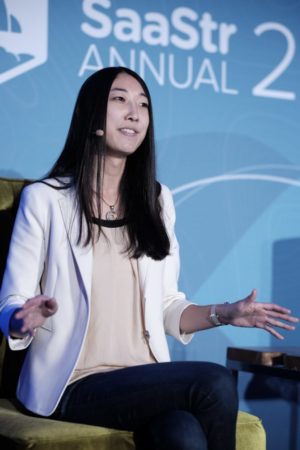
SOME OF MY FAVORITE MEMORIES OF US TOGETHER ARE TIMES WHERE YOU’VE ORGANIZED RETREATS, BRINGING TOGETHER OTHER FEMALE FOUNDERS. I WANTED TO ASK, WHAT IS THE ADVICE YOU GIVE FEMALE FOUNDERS OR THAT YOU WANT TO SHARE WITH FEMALE FOUNDERS THAT MAY BE READING THIS?
There are a lot of great female founder groups. I started one called Badass Female Founders. It’s about 300 women on a mailing list, and most of the local events are done in San Francisco for the group. There’s so many of these great communities, just to feel like you’re not alone and then support each other. Think about how guys do it. Guys, they go on their ski trips or their basketball games, and then they’re shooting it and talking business. Right? Women need that outlet and community as well. I worked really hard for a few years to create that for a lot of people. I’ll get back to it at some point.
A lot of advice I give women is around managing your confidence and energy and how you show up. I think a lot of women I meet are worried about and think too much about how they show up as a woman, like, “Should I not be a feminine, should I just look more like a dude or act more like a dude?” Actually, I don’t believe that at all.
I think it just about showing up however you are comfortable when it comes to recruiting people, talking to customers, talking to investors. Instead of trying to be someone else, just be more of the best version of yourself, however that is, and then it’s going to come across in the best way.
I LIKE THAT A LOT. ARE THERE ANY TOPICS THAT YOU WANT TO TALK ABOUT THAT I HAVEN’T BROUGHT UP?
I want to talk about how my friend Nanxi is a baller badass. I love it.
Nanxi Liu is Co-CEO of Blaze.tech, one of the fastest growing no-code platforms to build custom software and apps.









